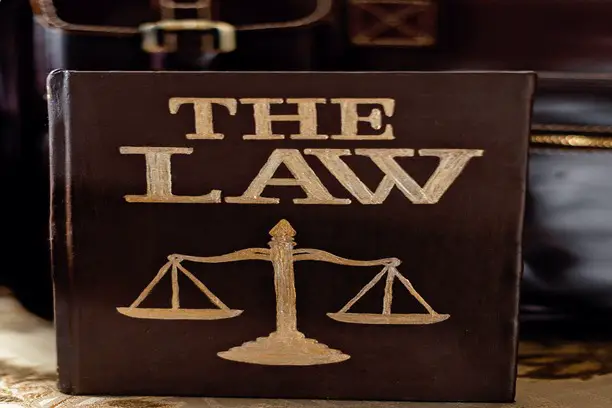


A mark encompasses any visually representable sign, including delineations, ensigns, names, words, and more, used to distinguish goods or services by individuals or legal entities. The Indonesian Trademark Law (Law Number 20 of 2016) and the US Trademark Law (Lanham Act, 15U.S.C) share this common definition with nuances in their interpretation.
In Indonesia, the principle of ‘first-to-file’ prevails. The right to a trademark belongs to the entity whose trademark operation holds the earliest formal date, irrespective of prior usage in commerce. This principle, detailed in Composition 1 number 5 of the Indonesian Trademark Law, grants priority to applicants who initiate trademark filings first.
Contrarily, the US follows the ‘first-to-use’ doctrine. The ownership of a trademark is bestowed upon the first entity to use the mark in conjunction with goods or services in the market. The Lanham Act section 1051(b)(1) embodies this principle.
The dissimilarities between the two nations’ trademark laws extend beyond the ‘first-to-file’ and ‘first-to-use’ doctrines.
The US presents a broader spectrum for protecting trademarks, encompassing unique categories such as:
Single or combination colors can be trademarked if they acquire distinctiveness in identifying the origin of goods or services. Notable examples include the red soles of Louboutin shoes and UPS’s brown delivery trucks.
Trademarks like phone numbers, surnames, and even scents have gained protection in the US, given they attain secondary meaning or distinctiveness in commerce.
The global implementation of the ‘first-to-file’ approach, notably in Indonesia, simplifies determining trademark rights at the time of registration. However, this system has drawbacks, including trademark squatting, where entities register trademarks without genuine intention or prior commercial use.
On the contrary, the ‘first-to-use’ principle in the US rewards original users and encourages registering trademarks to fortify ownership. Yet, determining the actual first user and providing evidence of commercial use pose significant challenges.
Trademark laws in Indonesia and the United States diverge significantly, primarily concerning the doctrines of ‘first-to-file’ and ‘first-to-use.’ While both systems have merits and demerits, understanding these distinctions is crucial for businesses navigating international trademark protection.
By comprehending these nuances, businesses can make informed decisions to safeguard their trademarks and intellectual property rights within diverse legal frameworks.